The Azerbaijan Grand Prix has definitively confirmed the return of the Red Bull RB21 to competitiveness, with Max Verstappen securing his second consecutive victory after his heroics at Monza two weeks earlier.
Both circuits share a common characteristic: the requirement for low aerodynamic downforce due to their long straights, despite having markedly different dynamic setups.
The next stop, the Singapore Grand Prix — taking place this weekend on the Marina Bay Street Circuit — represents the opposite challenge, demanding high aerodynamic downforce.
It could serve as the final test of Red Bull’s regained form. Should the RB21 also perform well in Singapore, it would be reasonable to consider Max Verstappen not only as a potential kingmaker in the title fight between the McLarens of Lando Norris and Oscar Piastri, but as a genuine contender in a three-way battle for the drivers' championship.
That said, a pressing question has emerged — this time concerning Ferrari. How was Red Bull able to turn around a technical situation that had relegated it to the fourth-fastest team over the summer, while Ferrari's costly upgrade to the rear suspension has seemingly failed to resolve the issues plaguing the SF-25?
Viewed by others:
The issue plaguing Ferrari
A growing suspicion — one that has circulated within the paddock but even more so outside it — is that Ferrari's real weakness lies in its race weekend management, specifically in the progressive fine-tuning of the car’s setup. But is that truly the case? Apparently not.
According to well-sourced and detailed information gathered over the past week, a very different picture is emerging.
The core issue may not be Ferrari's inability to improve the SF-25’s performance on track by adjusting setup parameters, but rather an inherent insensitivity of the car to those adjustments.
To explain further: based on the information analysed, Ferrari’s engineers chose a development path aimed at widening the operating window of the SF-25 — a car originally designed to deliver peak performance levels that never fully materialised outside of simulations.
To achieve this, a redesign of the rear suspension was seen as the most promising route, particularly in reducing the car's aerodynamic sensitivity to changes in ride height.
In fairness, that objective was largely achieved. Since the introduction of the new rear suspension in Belgium, the SF-25 has shown more linear and consistent aerodynamic performance, largely independent of the ride height.
However, this came with a significant side effect: reduced responsiveness to setup changes, especially in terms of vehicle dynamics (i.e. suspension setup).
Essentially, once the SF-25’s baseline setup is determined in the simulator, the car performs well if that setup aligns with track conditions. But if variables such as asphalt grip or ambient temperature change significantly between sessions, the car struggles to adapt. It cannot follow the track evolution throughout the weekend.
Red Bull's stark contrast
This stands in stark contrast to the RB21. Conceptually, the Red Bull was not designed to hit extreme performance peaks, but rather to offer a stable and effective dynamic platform that could be fine-tuned through setup work.
Until the Italian GP, unstable aerodynamics had prevented this platform from delivering consistent results across weekends.
The new floor introduced at Monza solved those aerodynamic instabilities, enabling the team to extract performance in a more predictable and progressive manner as the setup was refined through the race weekend.
In essence, the team in Milton Keynes did not radically alter the DNA of the RB21 — despite the car becoming uncompetitive and difficult to manage over several races.
Ferrari, by contrast, chose a development path that disrupted the overall coherence of their car. While Red Bull focused their efforts on aerodynamic improvements, which allowed it to make well-informed and targeted upgrades, Ferrari dedicated its resources to mechanical changes, specifically the rear suspension.
As a result, Red Bull was able to enhance the RB21’s behaviour even with relatively modest aerodynamic updates, coupled with targeted setup changes during free practice sessions — improving its consistency across a range of circuits and unlocking previously limited performance potential.
Of course, as mentioned at the outset, the Singapore Grand Prix will serve as the real test of this theory. But all indications suggest that both Verstappen and Yuki Tsunoda could have a genuinely competitive car at Marina Bay.
Also interesting:
Join RacingNews365's Ian Parkes, Sam Coop and Nick Golding, as they look ahead to this weekend's Singapore GP! The trio start with a discussion about Max Verstappen's Nordschleife heroics, before turning their attention to the make-or-break Marina Bay Circuit.
Rather watch the podcast? Then click here!
Don't miss out on any of the Formula 1 action thanks to this handy 2026 F1 calendar that can be easily loaded into your smartphone or PC.
Download the calenderMost read
In this article

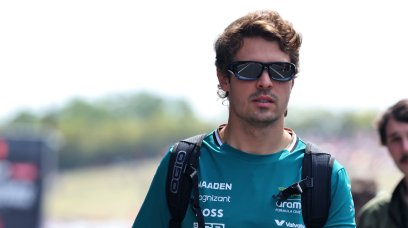
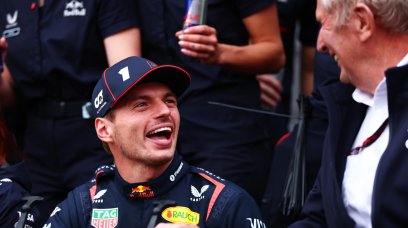
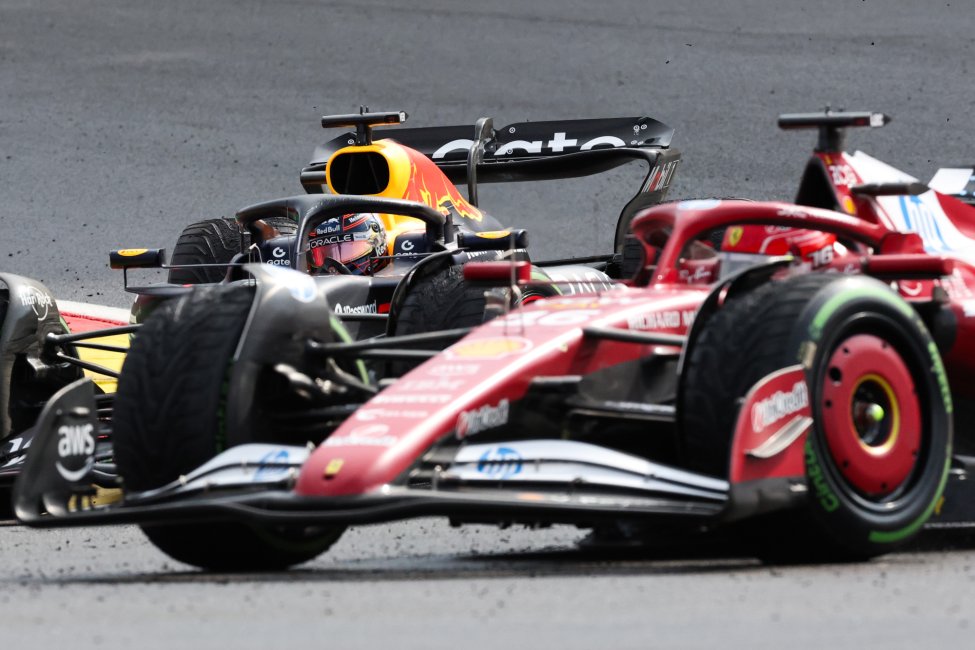


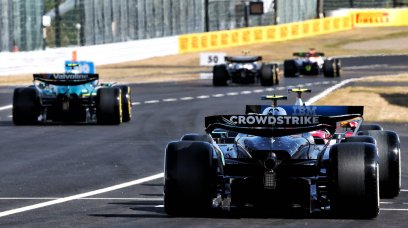
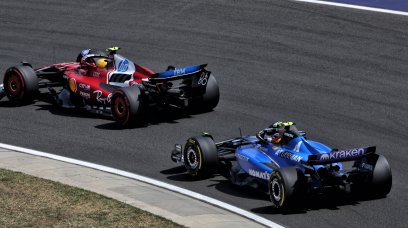
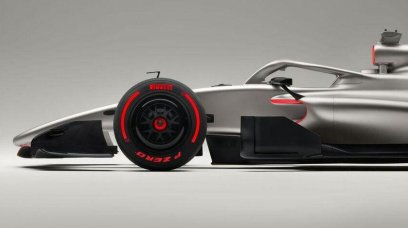
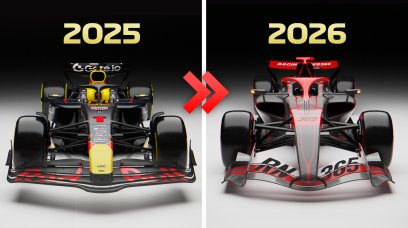

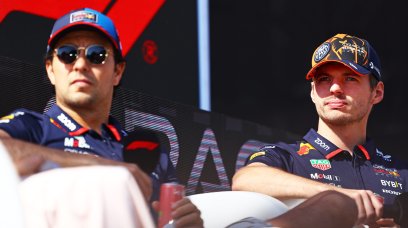
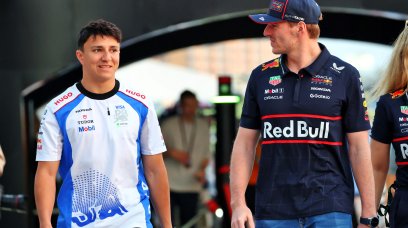
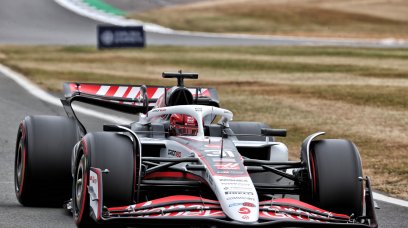
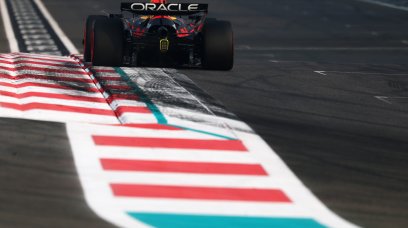
Join the conversation!